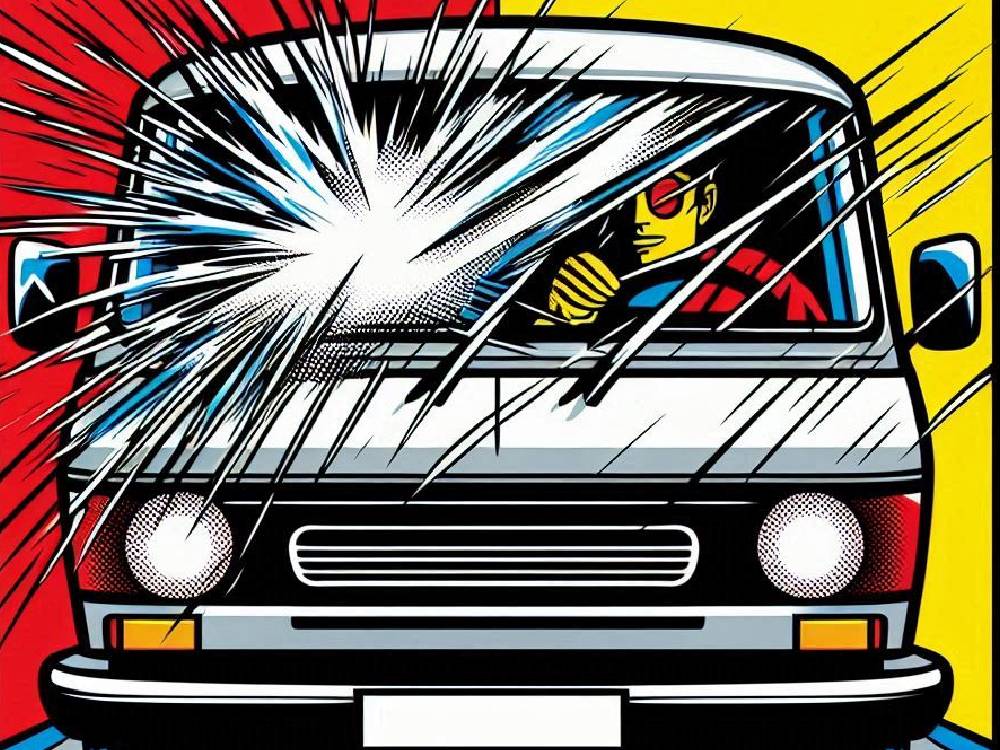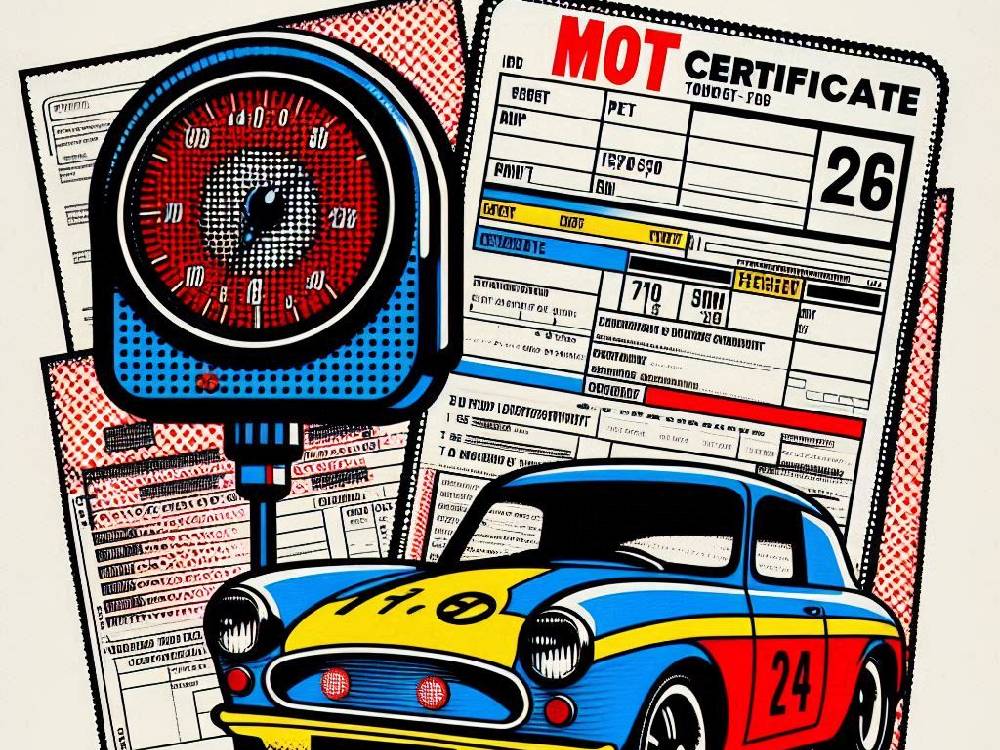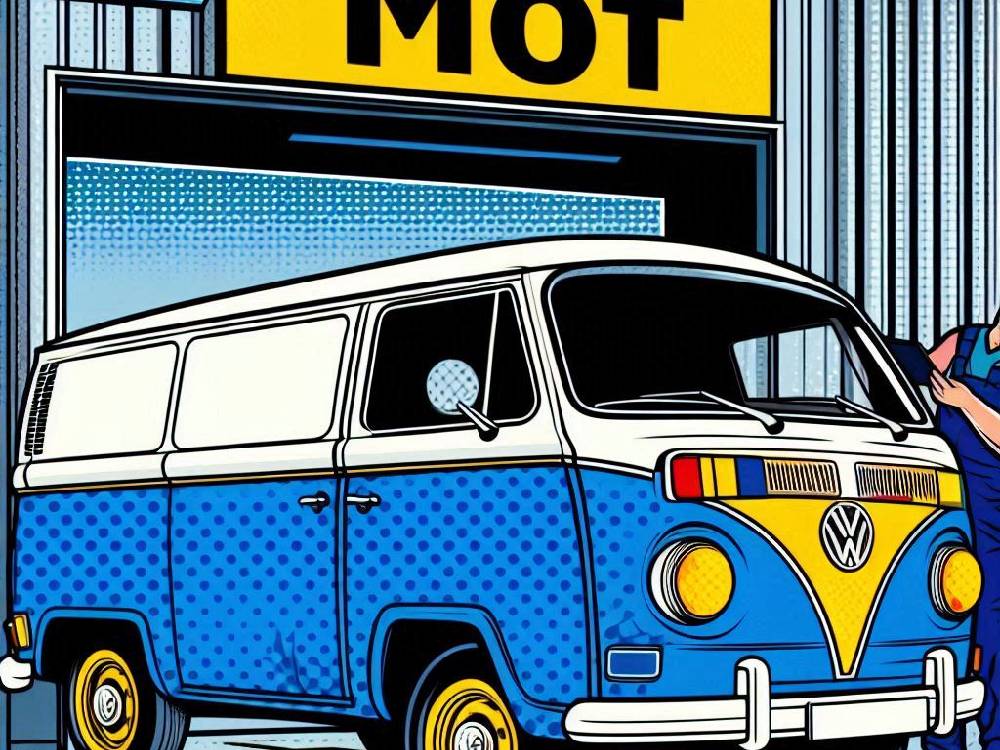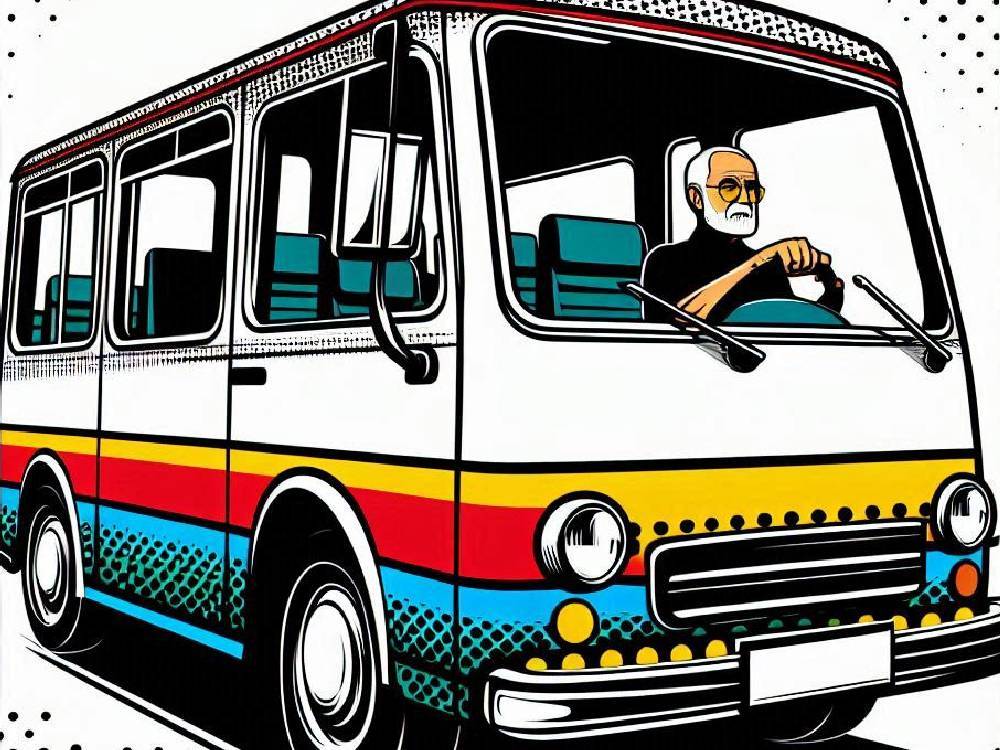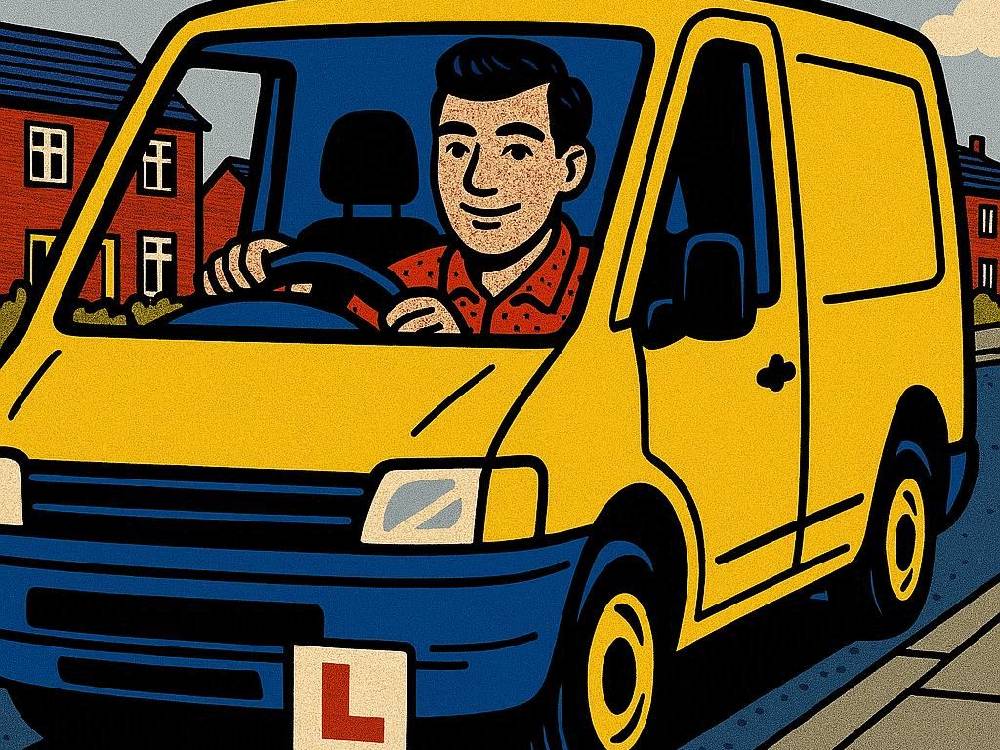Introduction
Starting your van with a misted windscreen might feel harmless, but it can affect your van insurance
Yet it can instantly put your licence, your safety, and even your Van Insurance at risk.
Because when visibility drops, accident likelihood rises.
And when risk rises, insurance problems follow quickly.
So here’s the uncomfortable truth.
A simple patch of condensation could end up costing you far more than a morning delay.
So what should van drivers know before setting off?
Let’s break it down clearly.
Van Insurance: Follow One Crucial Instruction Before Setting Off
Driving off with a misted windscreen might seem like a tiny shortcut.
Yet it is actually breaking the law because it impairs your ability to see the road ahead.
And when visibility is compromised, everything else becomes more dangerous.
Insurance companies see this as unnecessary risk.
Therefore, even a minor collision caused by poor visibility can create expensive complications for your Van Insurance.
Worse still, the claim may even be challenged depending on the circumstances.
If you want to understand how risk factors shape premiums, start with this:
Why proper vehicle compliance is crucial for road safety.
But here’s the thing.
Most drivers don’t realise visibility issues begin inside the cabin long before they turn the ignition.
Why Your Windscreen Mists Up (the simple science)
Windscreen fog forms because warm, moist air meets cold glass and instantly condenses.
Your breath, body heat, and damp clothing all increase cabin humidity.
And although this feels normal, it quietly becomes a safety hazard.
Because condensation always looks harmless at first.
Yet the real danger appears the moment you begin to move.
And here’s the twist.
The colder the morning, the worse the internal moisture becomes — especially in vans with large interior space.
How To Clear Your Windscreen In “double-quick” Time
Start your heater cold.
Then slowly increase the temperature.
This matters because blasting hot, wet air directly onto cold glass actually creates more condensation before it removes it.
Therefore, a slow temperature climb dries the cabin without overloading it.
It’s a simple trick, yet most van drivers never use it.
But wait — there’s more.
Make sure the heater is pointed at the windscreen and side windows first, because that’s where visibility matters most.
And here’s where psychology kicks in.
Once you understand how fast this method works, you never return to the old habits.
Balancing Warmth, Comfort, And Visibility
On colder mornings, you might feel tempted to blast the hot air at yourself instead.
However, this keeps the van warm while allowing the glass to remain dangerously misted.
Drivers are warned not to move until all glass surfaces are fully clear.
This is essential because even small patches of fog can distort angles and depth perception.
Consequently, a rushed start can easily turn into a costly claim — and nobody wants that when searching for Cheap Van Insurance.
So remember this.
Warmth is optional.
Visibility is not.
Why Air Conditioning Matters More Than You Think, And Could Affect Van Insurance
AC systems don’t just cool the cabin.
They dry the air.
This makes them incredibly effective at preventing re-condensation after the heater begins evaporating surface moisture.
Although the air may cool again after drying, the crucial point is this: the drier your cabin, the faster the mist disappears.
And there’s another benefit.
Using AC helps prevent hidden damp, which can create long-term fogging issues.
Something that may later affect roadworthiness checks or insurance inspections.
If you want to explore how smart tech can further reduce risk, see this internal guide:
How telematics devices can save you money on van insurance.
When Your Van Refuses To Demist — Hidden Issues You Shouldn’t Ignore
Sometimes your van simply won’t clear, no matter how long the heater runs.
This usually signals a mechanical or airflow problem.
The most common cause is a fault with the air conditioning or temperature control system.
And because these components manage moisture in the cabin, any malfunction dramatically slows demisting.
However, blocked vents or clogged cabin filters can do the same.
And here’s the real risk.
If visibility becomes impaired because of neglected maintenance, insurers may view it as avoidable negligence.
You don’t want a rejected claim sitting on your record when searching for Very Cheap Van Insurance in the UK.
For more on how unexpected van issues affect premiums, see this helpful breakdown:
Average Prices, Hidden Fees & How To Save.
When To Call A Professional — And Why It Matters For Van Insurance
If your van still won’t demist after using the correct heater and AC method, it’s time for a mechanic.
A garage will check coolant levels, thermostat performance, heater cores, filters, and ventilation pathways.
Even minor blockages can trap moisture and stop airflow from reaching the windscreen.
And although many drivers delay repairs, visibility faults only worsen over time.
Consequently, police can issue penalties for driving with obstructed vision.
Insurance providers also expect your van to remain roadworthy, which means demisting systems must function properly.
Therefore, ignoring the issue can quietly add risk to your Van Insurance profile.
To understand how van behaviour influences cover, here’s a deeper look:
Why UK tradespeople are driving further for better pay — and how it affects insurance.
How Demisting Habits Influence Your Van Insurance Long-Term
Every insurer calculates premiums based on risk.
Therefore, anything that increases the chance of a collision — including impaired visibility — affects your policy.
And because many claims happen during winter mornings or wet conditions, insurers watch visibility-related accidents closely.
This is why consistently clearing your windscreen protects more than your safety.
It protects your record.
And once your record stays clean, securing Cheap Van Insurance becomes far easier.
If you want to understand how insurers think about risk, here’s something useful:
Cheap Van Insurance — why a little detail matters most.
Conclusion
A misted windscreen may feel like a minor inconvenience, yet it holds the power to affect your safety, your finances, and your long-term Van Insurance costs.
Because when visibility drops, accidents rise — and when accidents rise, premiums follow.
And the simplest way to stay protected is also the quickest:
Clear the glass fully, use your AC wisely, and never move off until the view is completely unobstructed.
Do this consistently and you’ll not only stay safer on the road but also preserve your eligibility for the Cheapest Van Insurance across the UK.
Further Reading

